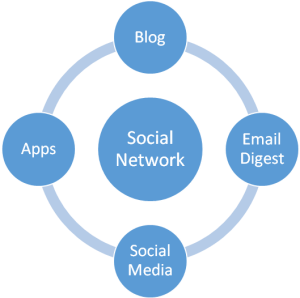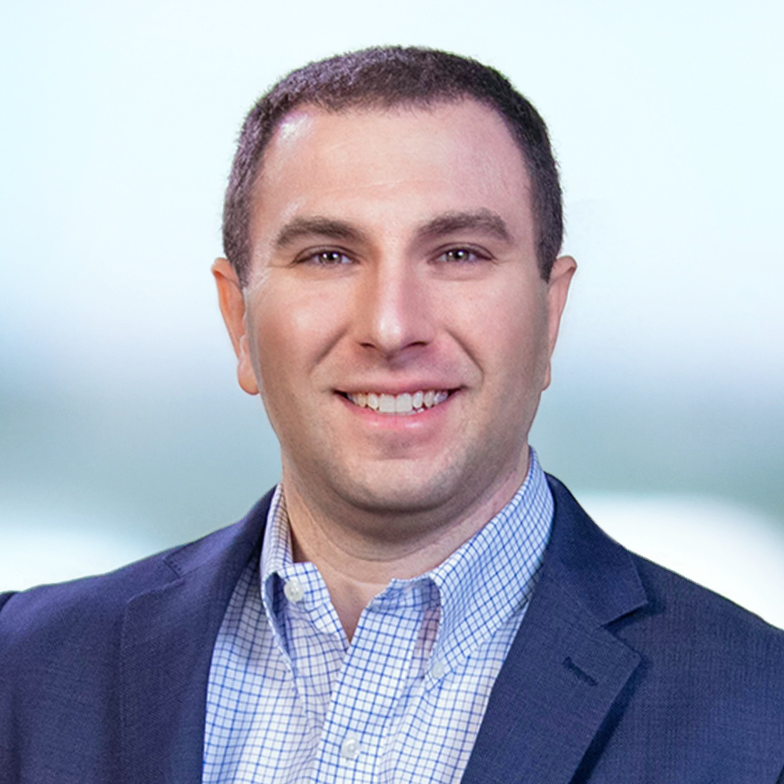In case you don't know, my full-time job for the past number of years has been as a consultant putting on various types of large-scale disaster exercises across the country. I have designed and developed exercises for all levels of government and many different programs.
As emergency managers and public information officers struggle to incorporate social media planning into operations, some organizations have begun to incorporate social media into exercises as a way to better learn and adapt to its dynamic nature. Most recently, I helped incorporate social media into exercise play at the behest of one of my clients and learned a number of great lessons that I would like to share.
1) Train on the Plan AND on Social Media
Prior planning is a core element of exercise design and development as you want to test and validate the capabilities for which you have planned, not the ones for which you are not ready. A good exercise also does not set up players for failure, they set up opportunities to learn. That is why prior planning is necessary.
But moving forward with an exercise without having trained on the plan or the subject matter is akin to throwing yourself into the deep end of pool without having learned to first tread water. Social media is also a soft skill that is dynamic in nature, meaning that it is very situation dependent and that just because you do X does not mean that Y will happen.
While your plans will contain guidance, sending some of your designated folks to social media training ahead of time will help them to grasp and employ the concepts laid out in your plan. They will also be able to help you capture better lessons learned and observations.
2) Clearly Identify Your Social Media Objectives
Objectives help drive exercise play to the appropriate level for which you have planned for and are capable of. Give some good thought to exactly what you would like to walk away from the exercise having learned and/or validated.
For example, if you are just starting out with social media, you may want to focus on public information dissemination through social media. If you are more advanced, you may want to focus on public interaction and rumor control through social media. Want a better challenge? Use your "dummy" Twitter accounts (see Point 4) with other jurisdictions' dummy accounts if they are participating in the exercise.
3) Exercise the Process, Not the Tool
The truth is, there are just so many more social media channels that just Facebook and Twitter. There are also just so many tools just to manage the different channels. However, they tools and channels don't matter as much as the process by which you release, gather, and interact with information.
If you are able to effectively utilize and master a process, you can easily adapt to the available channels and tools. Focus on exercising workflow and how to handle certain types of information.
4) Use Twitter to Test the Process
The use of social media largely external. So how do you exercise inherently public facing tools? Well, Twitter provides options to keep accounts and Tweets private and protected. Set up a separate test account that is similar to your public facing account, except make it protected.
Also establish about five "dummy" accounts that can be used to simulate citizens, businesses, or other individuals/organizations. Make sure these are also private. A good naming format is "Test_[Jurisdiction]_[Organization]_[User Type]".
Lastly, make sure you each account "follows" the other. Even if you mention an external account or hashtag, the tweets will still remain private. Afterwards, you can even print out a copy of the timeline to review for evaluation.
NOTE: If you are using an aggregation tool such as Hootsuite or Tweetdeck, make sure the player does not post to the real-world accounts.
5) Use a Social Media Savvy Controller
Use a controller who has a good understanding of social media as well as exercise objectives to manage the five or so "dummy". While it is helpful to develop a general outline of social media comments, questions or injects ahead of time, the dynamic nature of social media is best suited for a controller who can react to the circumstances as a person in a real incident would, but also be mindful of the organization's current social media capabilities and the exercise's objectives.
Using an aggregation tool such as Hootsuite or Tweetdeck is helpful. If that is not possible, you can still sign in to each account individually, but you may have to use different browsers, tabs, and windows to accomplish this.
Conclusion
Social is fairly new for emergency management and exercises incorporating social media are even newer. But taking some simple steps that compliment your exercise design and development process will help you to better identify your social media needs, gaps, and lessons learned. Additionally, your comfort level will grow.
How did you incorporate social media into your disaster exercises? What lessons did you learn?

